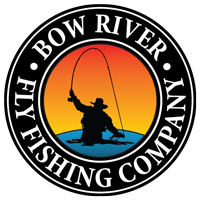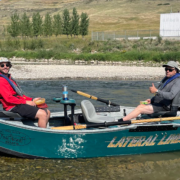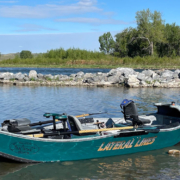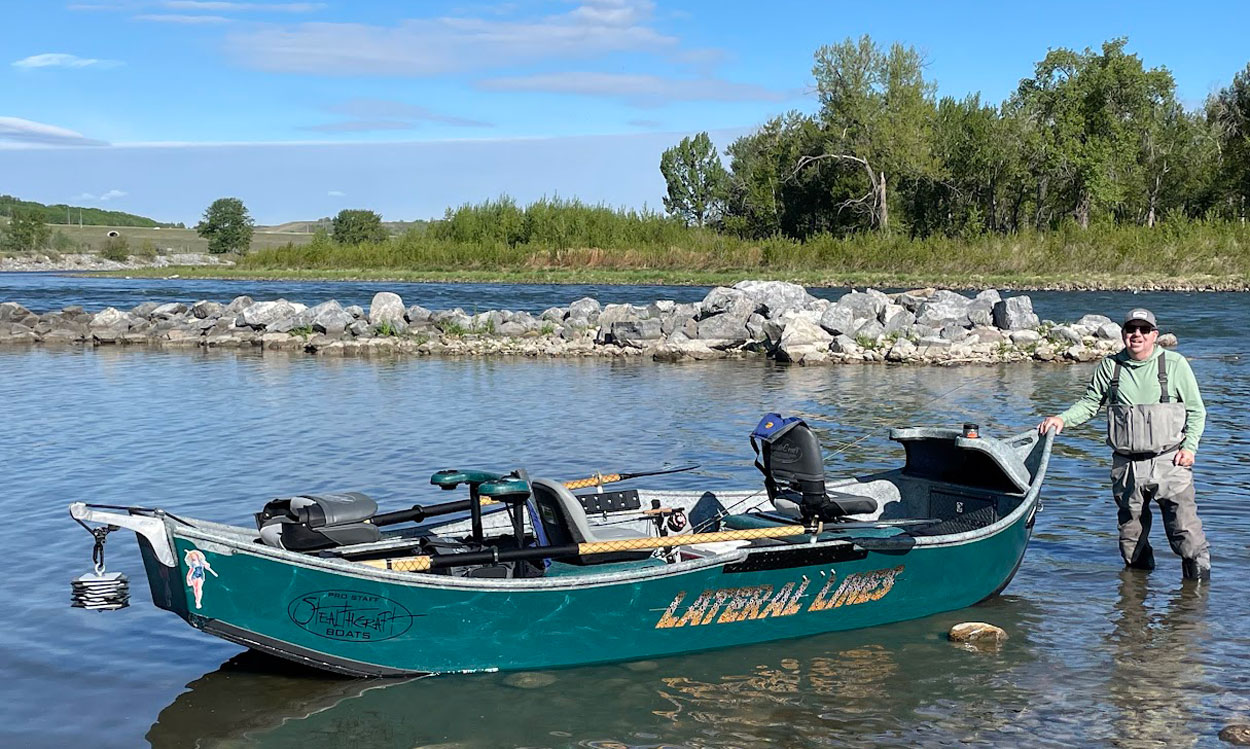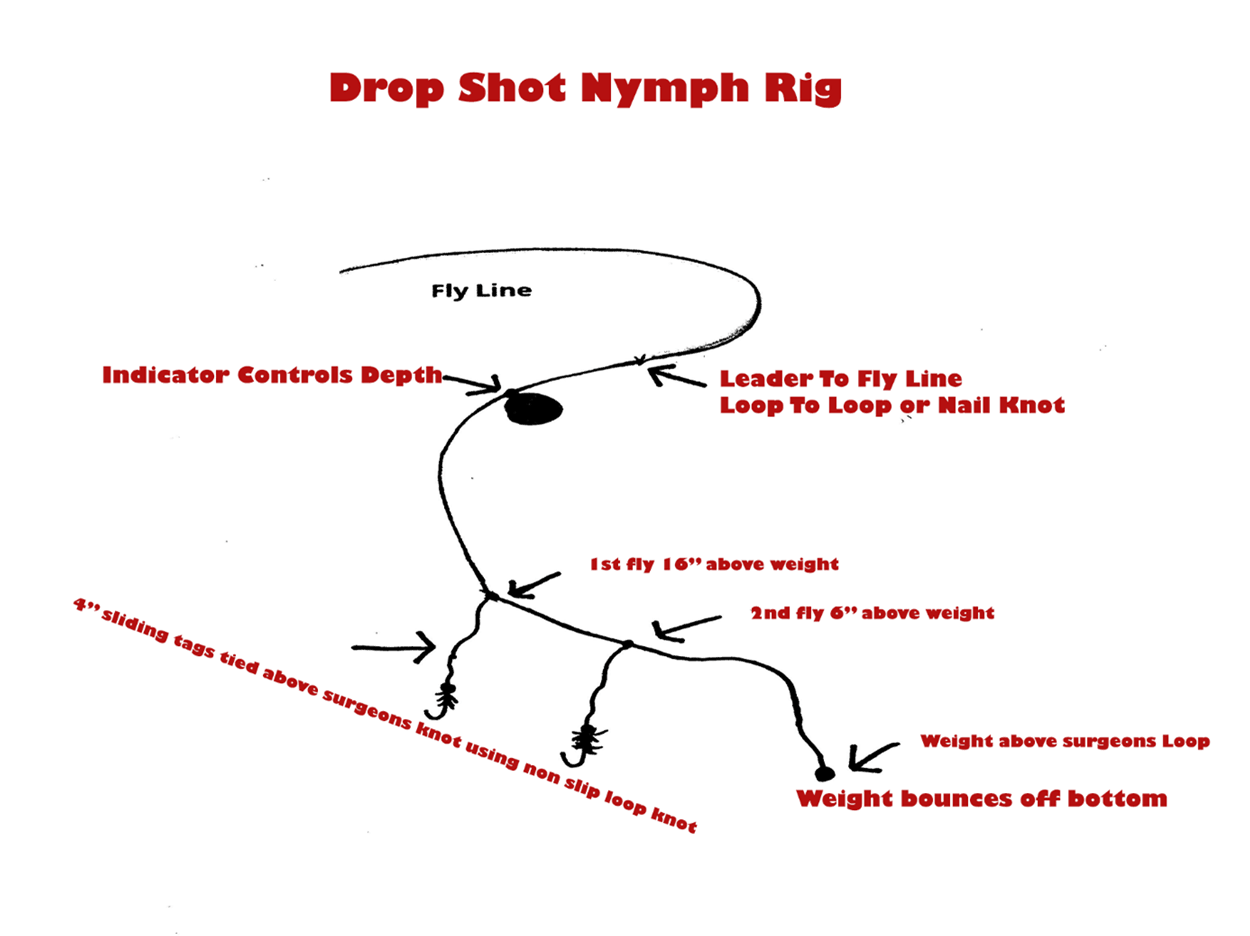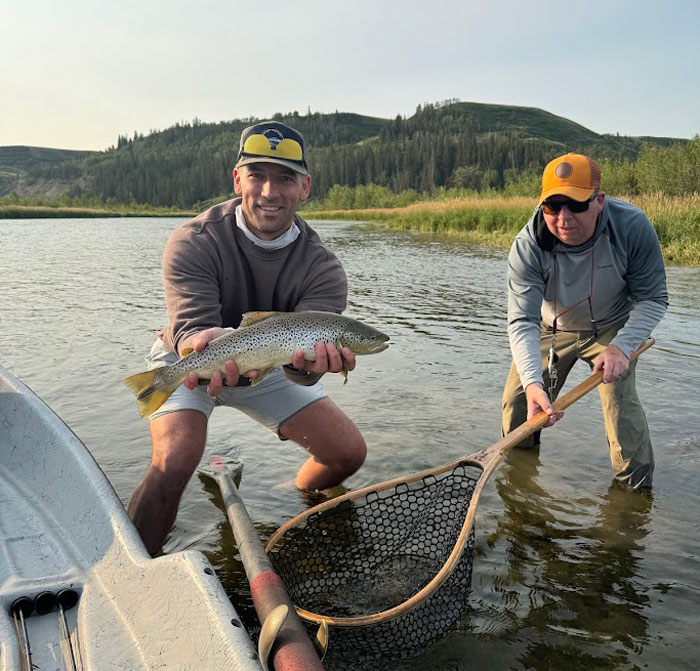How Fly Fishing Supports Mental Health: A Personal Perspective from the River
A Personal Take on Mental Health
by Scott Smith, Lead Fly Fishing Guide
We hear a lot about mental health and how important it is. I’ve always found this hard to quantify. I have good moments and not so great moments every day. In my previous work life, prolonged periods of stress just became the normal part of my daily routine. I never realized the negative effects of being “on” all the time and accepted the way it was, as normal. I tend to equate mental health with stress levels and I’m certainly no expert. I do, however, know where I like my thoughts to be and what brings me peace.
Why Fly Fishing?
Fly fishing has always given me a great release. In the beginning I couldn’t tell you exactly why I enjoyed it so much but I suppose it was the tug on the line that kept me coming back, but it’s so much more. I can’t tell you what fly fishing will do for your mental health, but now that I’ve been at it for many years as a fly fisher and the last nine years as a guide and teacher, I can make some observations you might identify with. Maybe fly fishing can be your escape or temporary release.
The Therapeutic Cast
The fly cast is therapeutic. The focus on the right mechanics and the pursuit of the perfect cast through repetition and finding control relaxes the brain and the body. Some days the fish just don’t matter and practicing the cast either while I’m fishing or on the soccer field puts me in the moment. Everything else disappears.

Cracking the Code and Solving the Puzzle
Cracking the code takes focus and problem solving skills. What are the fish eating? Where in the water are they holding? What is the right fly choice? What is the best way to present the fly? Asking questions, observing the environment and deciding on the approach can be wonderfully complex and all encompassing. I love figuring it all out, especially on water I’ve never fished before.
The Joy of Anticipation
Anticipation is a big part of the excitement. Anticipation for the next trip, the next bite, what’s around the next corner, who I’m fly fishing with etc. Fly fishing is all about the anticipation for big and small moments. You never know which ones will create lasting memories.
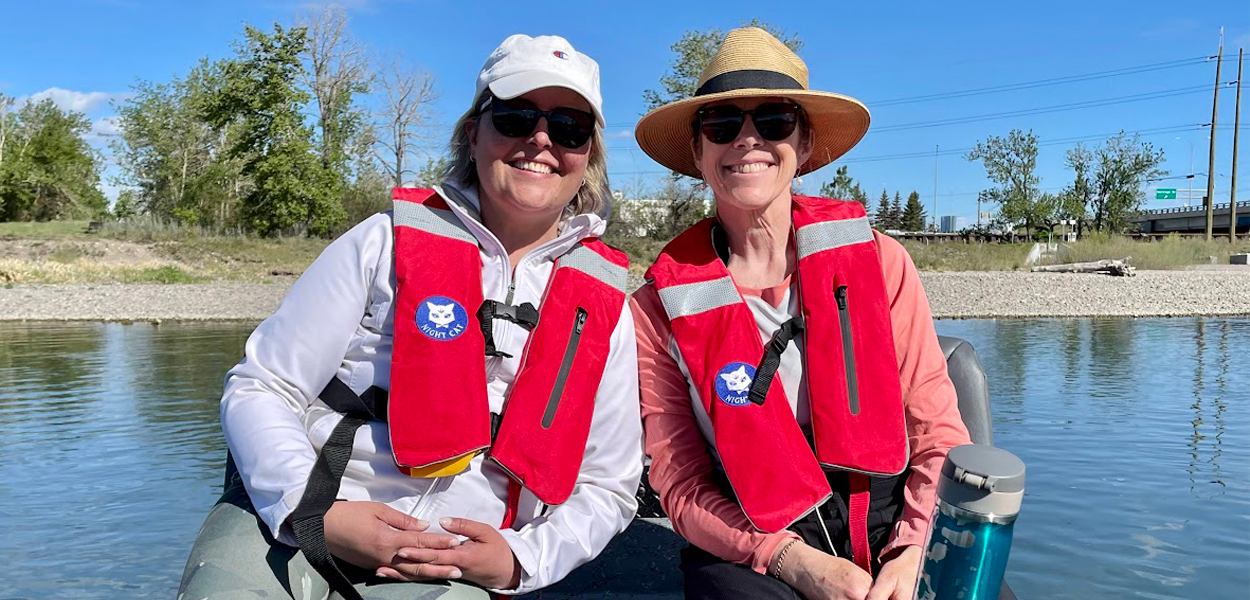
Preparation as Meditation
Preparation for the day. This one isn’t for everyone, but I love organizing my fly boxes, making sure my leaders are fresh, my rigs are solid and the drift boat is washed, packed and ready. When I’m preparing to guide, it just reminds me I’m here and I get to work at what I love doing. For me the preparation is a big piece of the anticipation of what’s to come.
Watching the Water: Stalking Rising Fish
Stalking rising fish. I love to just observe rising trout to discover their rhythm, what they’re feeding on, how they move and turn on their prey. I learn so much and my brain stays completely focused and on task.
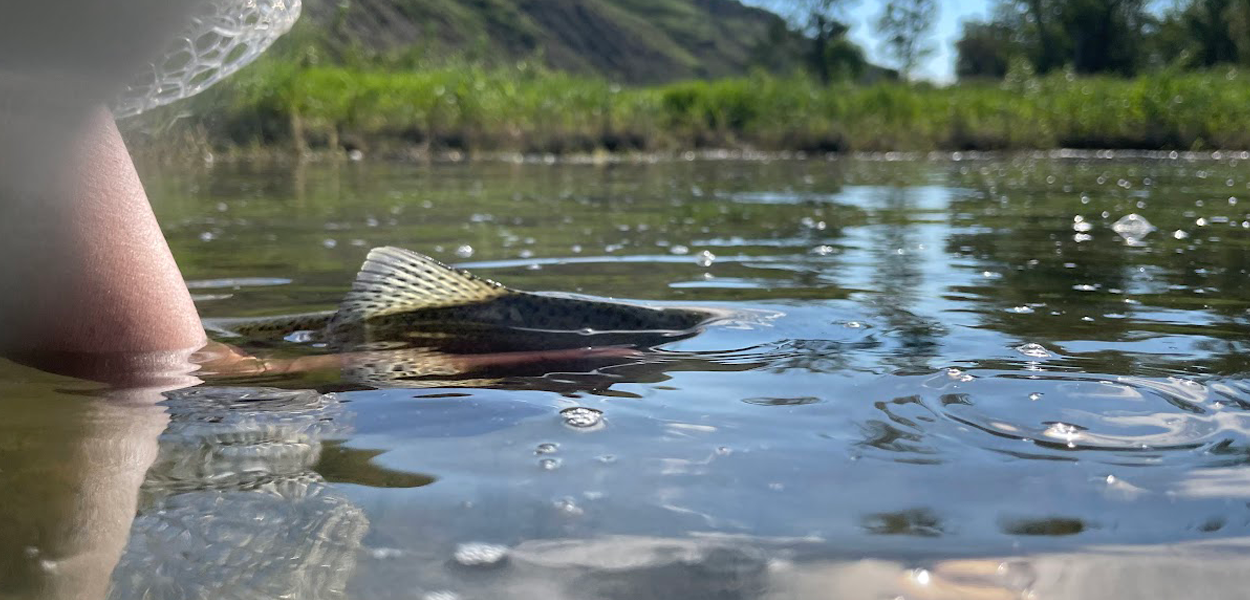
Learning Through Reading
Reading. There is so much history to discover in this sport and so many great authors have captured the beauty of fly fishing along with the great teaching books. I love taking new to me ideas and applying them on the river. I’m always learning and taking steps to improve as a fly fisher, a guide and a teacher. The journey to be better and continue learning will never end.
Time with People
While guiding and out with friends it’s all about some good laughs and celebrating the wins. We’re learning, hooking a few fish, taking in the landscape and just enjoying the vibe of the day. The best days are the ones that end with someone exclaiming, “Damn I needed that!”
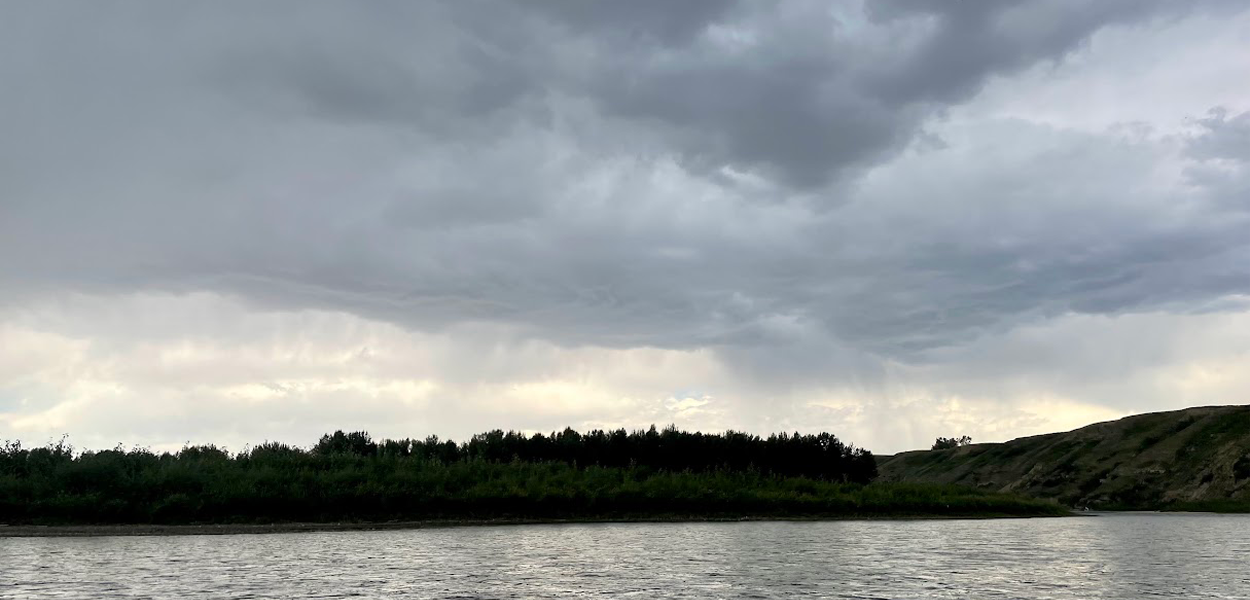
Time without People
Sometimes I don’t tell anyone that I’ve even gone fishing. I head out with Hopper (the dog) and we just explore and fish. No one around, No Social Media Posts, No Pictures. Hopper often gets back in the truck at the end of the day with a satisfying sigh that says “Damn I needed that!”
Your Own Fly Fishing Story
You’ll have your own reasons to pick up a fly rod. If you haven’t experienced it, try it. If it’s been a while, dust it off and head to the river. All I know is I’m never disappointed by a day outside, especially with a fly rod by my side.
